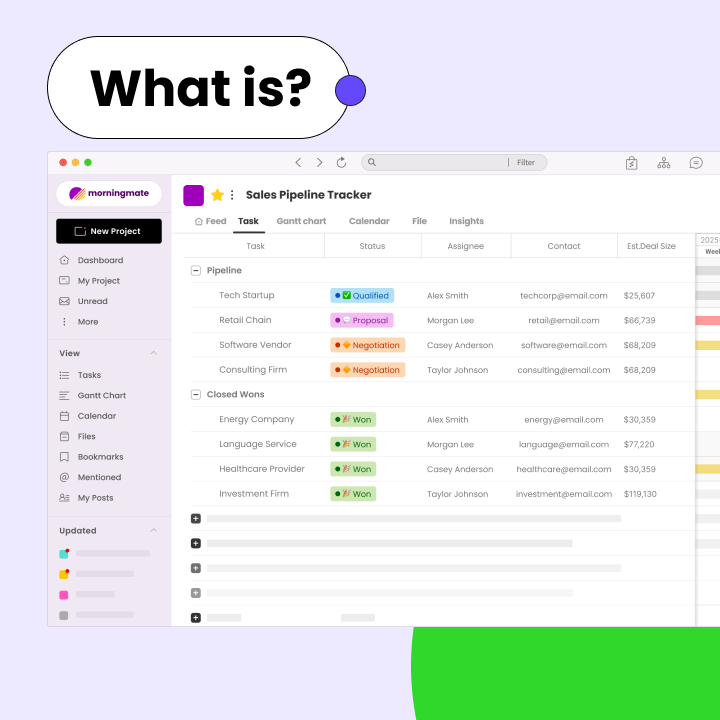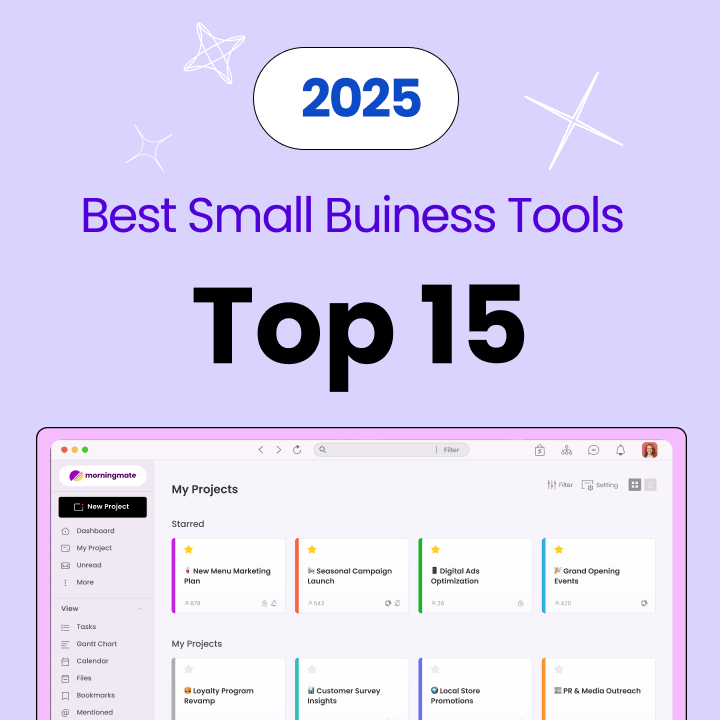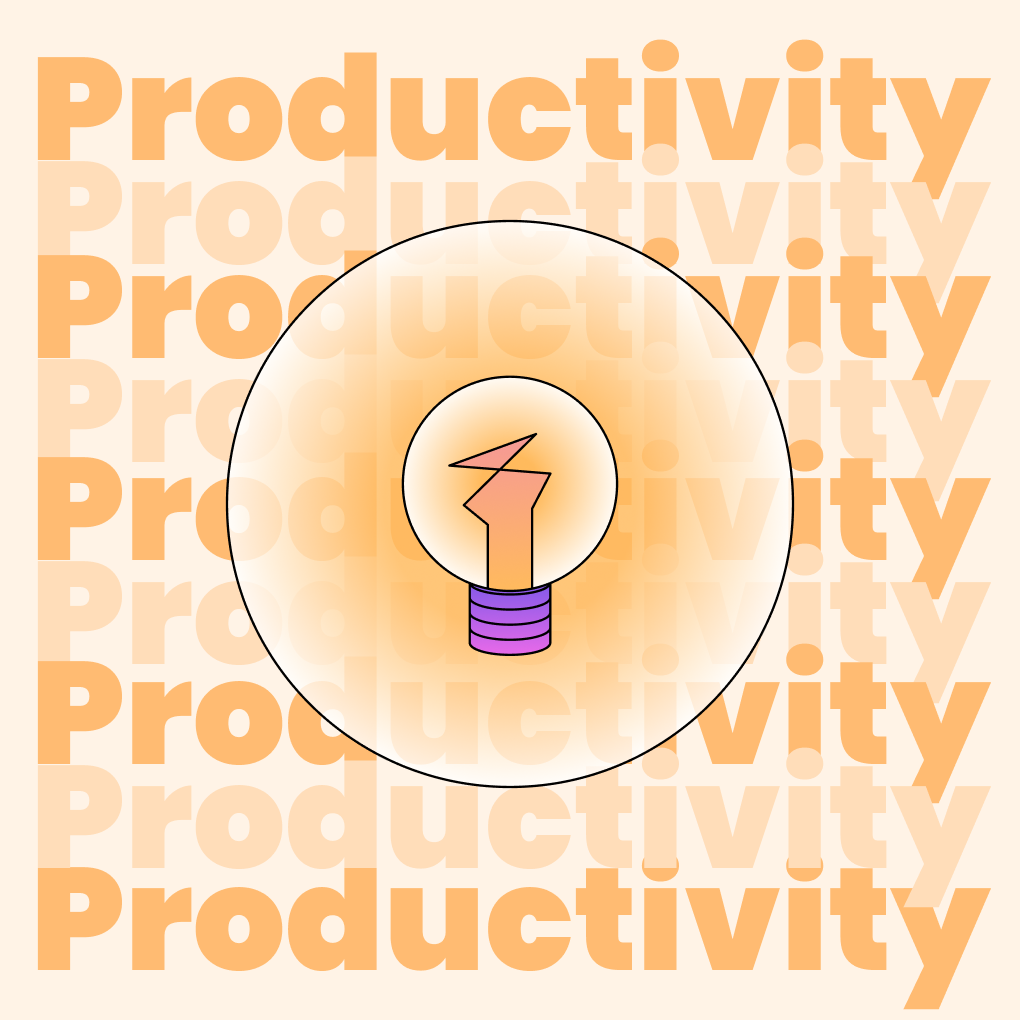Effective project management starts with understanding the right tools. Among the most powerful methods to plan and execute projects efficiently are the Work Breakdown Structure (WBS) and the Gantt chart. Each offers a distinct yet complementary perspective—WBS defines what needs to be done, while Gantt charts lay out when tasks will happen. In this article, we’ll explore how these two tools work, their unique advantages, and how they come together to create a structured, transparent, and collaborative project workflow.
What Is a Work Breakdown Structure (WBS)?
A Work Breakdown Structure is a hierarchical breakdown of a project’s scope into smaller, manageable work packages. Imagine it as a family tree for your project: the main project sits at the top, major deliverables branch out below, and specific tasks form the leaves at the bottom. This visual representation simplifies overwhelming projects into digestible parts that teams can easily understand, estimate, and execute.
The primary purpose of a WBS goes beyond merely listing tasks. It acts as the backbone of project planning, providing a structured method to identify all necessary work while preventing scope creep. By systematically breaking down projects, teams gain clarity on what needs to be done, who is responsible for each task, and how different work packages connect.
What Is a Gantt chart?
A Gantt chart is a visual representation of a project’s schedule, mapping tasks along a timeline to show their start and end dates, as well as dependencies between them. Imagine it as a roadmap for your project’s timeline: each task is displayed as a horizontal bar, with its position indicating when the work begins and ends. This format makes it easy for teams to see the sequence of activities, monitor progress, and coordinate efforts effectively.
The primary purpose of a Gantt chart goes beyond simply listing dates. It serves as a dynamic scheduling tool, allowing project managers to plan realistically, adjust timelines as conditions change, and keep all stakeholders aligned on the project’s pace and milestones. By visually connecting tasks over time, teams gain a clear understanding of not just what needs to be done, but precisely when and in what order it should happen.
WBS vs. Gantt Chart: Understanding the Difference
Both tools are vital for project management, but they serve different functions. A WBS focuses on the “what” of a project, detailing all deliverables and work packages without considering timelines. It is scope-driven, ensuring comprehensive coverage of project requirements.
In contrast, Gantt charts emphasize the “when” by displaying tasks along a timeline, highlighting dependencies and durations. Many project managers use WBS templates as a foundation for creating Gantt charts, first identifying all necessary work through the WBS and then scheduling those tasks in a Gantt format. This complementary relationship enhances the effectiveness of both tools.
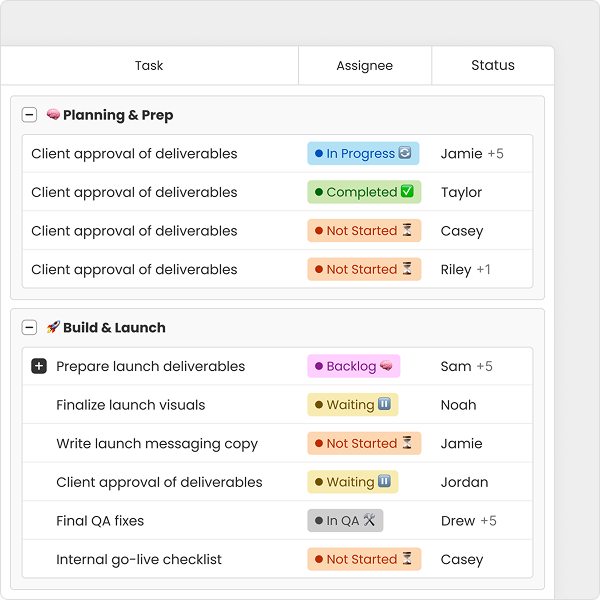
⭐Benefits of Using a WBS Template
Organize Complex Projects into Manageable Parts
Complex projects can overwhelm even seasoned teams without a proper structure. WBS templates offer a systematic approach to breaking down projects, ensuring that no critical elements are missed. By starting with major deliverables and progressively breaking them into smaller work packages, teams can tackle projects piece by piece rather than trying to manage everything at once.
This hierarchical organization also enhances communication among stakeholders. Team members can quickly grasp their roles within the larger project context, while executives gain visibility into project components without getting bogged down in operational details.
Estimate Costs and Time More Accurately
Accurate estimation becomes much easier with well-defined work packages. Instead of estimating entire project phases, teams can focus on specific deliverables with clear boundaries and requirements. This detailed approach typically leads to more reliable estimates, as it’s simpler to assess the effort needed for discrete tasks than for broad project phases.
WBS templates also support bottom-up estimation, where individual work package estimates roll up to provide overall project costs and timelines. This method often proves more accurate than top-down estimation, especially for complex or innovative projects.
Clarify Team Responsibilities
Assigning clear responsibilities is straightforward with a well-structured WBS. Each work package can be assigned to specific team members or departments, eliminating confusion about ownership and accountability. This clarity reduces the risk of tasks slipping through the cracks and prevents duplicate efforts within the team.
Templates also aid in resource planning by revealing workload distribution among team members and identifying potential bottlenecks before they affect project progress.
Track Progress and Milestones
WBS templates create natural checkpoints for monitoring progress. Completing individual work packages establishes clear milestones that teams can celebrate, providing stakeholders with tangible evidence of project advancement. This detailed tracking capability allows for early identification of issues and proactive problem-solving.
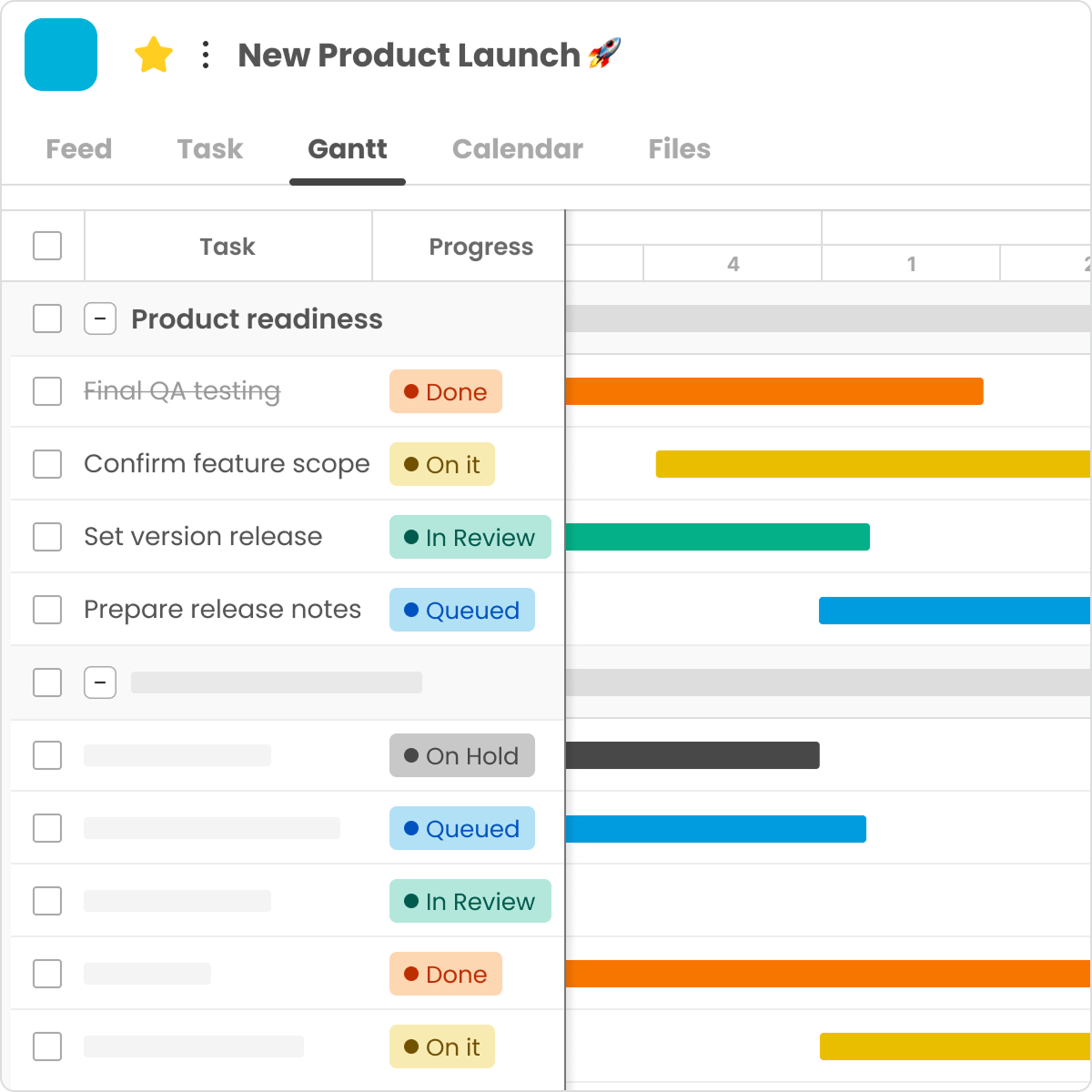
⭐Benefits of Using a Gantt Chart
Visualize the Entire Project Timeline
A Gantt chart visually maps all project tasks across a timeline, showing when each task begins, ends, and how it connects to others. This time-based visualization helps teams see dependencies clearly, anticipate scheduling conflicts, and maintain a realistic view of project progress.
Enhance Collaboration and Transparency
By displaying multiple tasks and their relationships within one view, Gantt charts enable cross-functional teams to understand how their work fits within the broader plan. This fosters alignment and smoother coordination among departments.
Monitor Progress and Milestones Dynamically
Progress can be tracked in real time, as team members update task statuses directly on the chart. Managers can spot delays, adjust priorities, and communicate updates instantly, ensuring stakeholders stay aligned on expected outcomes.
Adapt to Changes with Flexibility
When project timelines shift, Gantt charts provide an intuitive way to reschedule tasks and adjust dependencies. This flexibility makes them invaluable for projects in fast-moving or uncertain environments.
| Aspect | WBS | Gantt Chart |
|---|---|---|
| Focus | Defines what needs to be done | Defines when tasks will occur |
| Structure | Hierarchical and deliverable-based | Time-oriented and sequential |
| Best for | Scope planning and task definition | Scheduling and timeline management |
| Visualization | Tree structure showing scope components | Timeline showing task durations and dependencies |
| Limitation | Does not show time or progress | Less suited for representing project scope or deliverable hierarchy |
Bringing WBS and Gantt Charts Together in Morningmate
In collaborative project management, tools like Morningmate can seamlessly bring together the benefits of both WBS and Gantt charts into one unified workflow. With Morningmate, teams can break down complex projects into clear, structured work packages (WBS), ensuring that everyone knows exactly what needs to be done and by whom. These work packages can then be visualized on interactive Gantt charts within the platform, allowing teams to track timelines, monitor progress, and adapt quickly to changes—all without losing sight of the original scope. This integration helps prevent miscommunication, streamlines resource allocation, and keeps projects moving forward with precision and transparency.
Ready to take control? Try Morningmate for free today!

